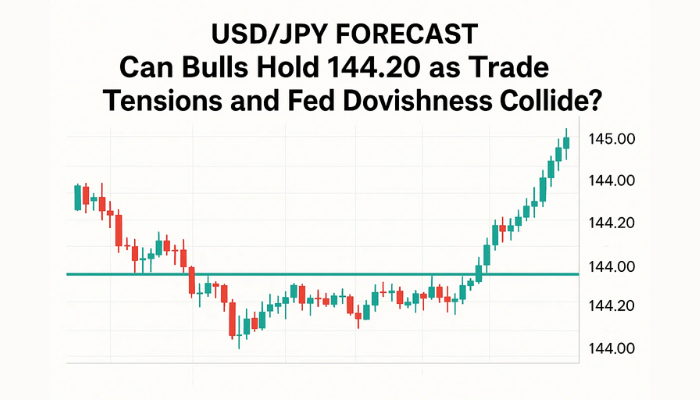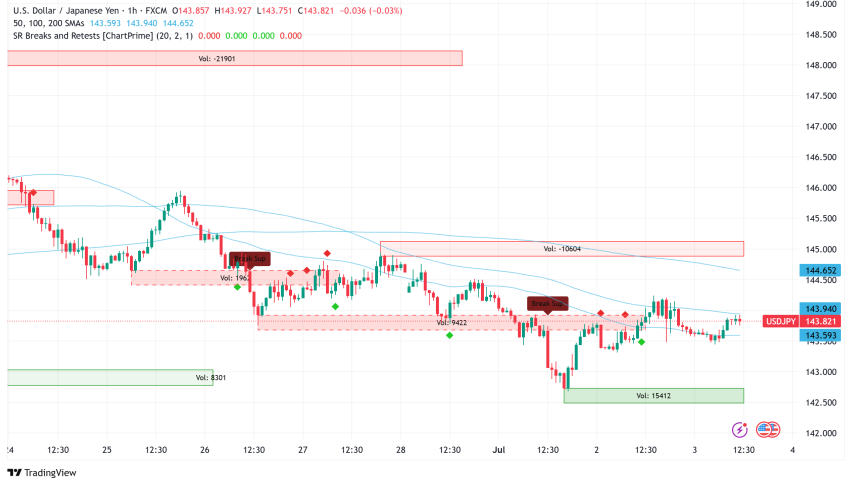The USD Ends the Week on A Firm Bullish Foot After Higher PCE Inflation
Core PCE inflation ticked higher to 4.7% this month, which should keep the FED hawkish and the USD bullish
The US dollar has been bullish for the last two weeks and ended the week on a firm bullish booting. The Buck experienced a surge following a stronger reading of PCE inflation, pushing the odds of a Federal Reserve rate hike in June above 50%.
USD/JPY led the rally, reaching a session high of 140.31, slightly surpassing the previous day’s peak and establishing a new high for the year. However, it has since retraced back close to the 140.00 level. Moving forward, the market will need to consider whether the Fed will pause its rate hikes or be compelled to resume them and potentially raise rates to 6% or higher.
There are some positive factors to consider, as US gasoline prices are currently 23% lower than they were a year ago. This is expected to have an impact on the May and June inflation numbers. However, with strong consumer demand and a robust job market, it will be challenging to gain the upper hand on inflation. It’s important to monitor future economic data and the Federal Reserve’s actions to gain a better understanding of the direction of interest rates and the impact on currency markets.
US April 2023 Data from the US Personal Consumption Report

- April PCE core inflation 4.7% vs 4.6% expected
- March PCE core inflation was +4.6%
- PCE core MoM +0.4% vs +0.3% expected
- Prior PCE MoM +0.3%
- Headline inflation PCE +4.4% vs +4.2% prior
- Deflator MoM +0.4% vs +0.1% prior
Consumer spending and income for April:
- Personal income +0.4% vs +0.4% expected. Prior month +0.3%
- Personal spending +0.8% vs +0.4% expected (prior +0.0%)
- Real personal spending +0.5% vs 0.0% prior
- Core services excluding housing +0.42%
- Core goods on a three-month annualized basis +2.1%
It appears that inflation is still a concern, while consumer demand remains strong. The FED is expected to raise interest rates again, with current odds at 58-42% for a hike in June and a 100% chance for July, with a slight possibility of another hike. However, there may come a point where the Fed will need to pause and assess the situation.
It is worth noting that we are comparing current energy numbers to previous high levels, and this may not be sufficient to push inflation to a 3% level. The Federal Reserve may need to see monthly inflation numbers at or below +0.3% to be satisfied.
USD/JPY Live Chart
- Check out our free forex signals
- Follow the top economic events on FX Leaders economic calendar
- Trade better, discover more Forex Trading Strategies
- Open a FREE Trading Account


